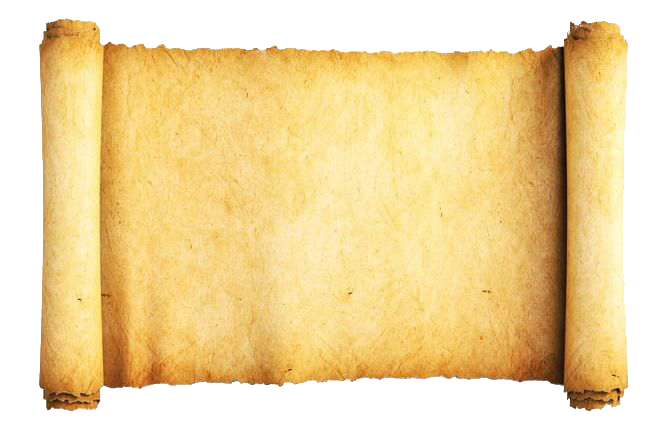
You shouldn’t miss ancient Corinth. It’s easy to reach from Athens, and is on the way to other sites such as Mycenae and Epidavros.
Corinth was one of the major cities of antiquity. It was made up of three parts; the acropolis on the hill (Acrocorinth), the city itself on a lower plateau, and its port (Lechaion) on the coast. All this was protected by a wall which ran for 20km (over 12 miles).
Until the 1800’s the city was covered up by development, with only the Temple of Apollo visible. The earthquake of 1858 destroyed nearly all the town, and excavations began in 1896 by the Americans. As with many sites of this nature, the Roman era produced far more remains than the ancient Greek.
Built on trade
Ancient Corinth was a very busy trading city, which led to its cosmopolitan character. It was known as “Wealthy Corinth”. The reason for its wealth was its location. It was able to control the only land access to the Peloponnese and so dominated the trade in both the Saronic gulf (to the east) and the gulf of Corinth (to the west).
Looking around ancient Corinth
he city was protected by the fortress on Acrocorinth, which overlooked the main city area, (this page includes an interactive plan and brief history of ancient Corinth). Trade and civic activities took place in the agora, which by its situation and layout gives visitors a real sense of the scale of ancient greek agoras. The remains of the Temple of Apollo is regarded as one of the best examples of early Doric temple building anywhere in the Greek world. Take a look a the Corinth Greece map to see where the ancient site is.
It is worth taking your time here with a guide – or guide book – as there’s much to see and discover which isn’t immediately apparent. A good map will also help you to see which parts are mainly Roman and which are from Greek times. Spending days looking at old rocks and ruins can become tedious; knowing what they represent and how they looked almost makes them come to life. (Imagination is a wonderful asset when looking around ancient sites!)


Philosophers!
Corinth was also the home of the philosopher
Diogenes (the Cynic) who lived in a barrel.
He’s the one who was visited by Alexander the Great.
Philosophers were revered even by kings and princes,
and Alexander asked Diogenes if he wanted anything.
“Yes”, replied Diogenes. “Could you move.
You’re keeping the sun off me”.
Other places of interest
The Peirene Fountain originally dates from the 6C BC. The structure has been added to many times. You’ll find the original Greek part at the back (on the south side). There are six stone arches and a series of underground resevoirs.
The Romans were very keen on fountains and running water, so they made a number of additions to the fountain. They added the collonade in front of the arches, as well as a rectangular basin and three niches. Most of this was done in the 2C AD by Herodes Atticus.
Corinth was famous for its pottery, and you can see a comprehensive collection of Corinthian pottery showing all stages of development. The heyday of Corinth’s pottery was in the 8C and 7C BC. Later, Athenian pottery took over as the main type in use.
Because the museum contains artifacts recovered from excavations of the site, many of them are Roman. There is a very interesting floor mosaic showing the head of Dionysis.